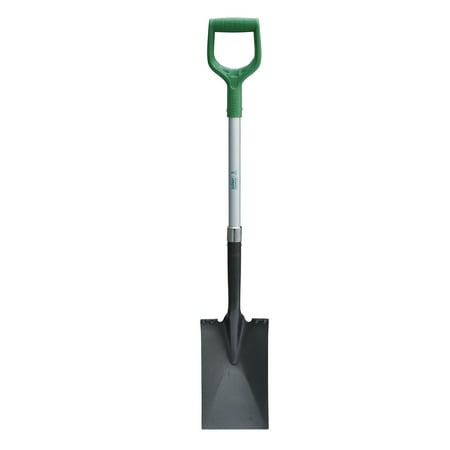These 7 plants will dramatically improve your soil health – and August is the perfect time to sow them as green manures
Trust me, your future crops will thank you


Green manures, or cover crops, offer a fantastic way to boost the health of your soil, and not enough gardeners take advantage. They improve the structure, enhance the nutrient levels, and also smother weeds from taking over bare patches of ground. You should take advantage of all the good they offer, and August is the ideal time to do this.
There are lots of green manures you can sow this month to fill spaces in your garden and improve the soil, so future plants can reap the benefits and prosper. Some green manures offer quick advantages, while there are those you can sow this month that will overwinter until you cut them down in spring.
I have used green manures in vegetable gardens I have worked in, and on my home plots, and strongly champion using cover crops rather than leaving any space empty. Here I have picked 7 green manures to sow in August that will offer real benefits to your plot.

Green manures to sow in August
Some of the best green manures can be sown this month, including ones I have used over the years to boost soil nutrients.
It is simple to sow the seeds in the garden in August and then cut back and dig in the cover crop around 2-4 weeks before you intend to plant into the bed again come spring.
1. Alfalfa

Alfalfa is a perennial plant in the pea family that can be very useful if you want to break up heavy ground and add nitrogen to your soil. It is a deep-rooted green manure that penetrates and loosens the soil, while also drawing up nutrients from deep underground.
As a member of the pea family, it also fixes nitrogen in the soil thanks to nodules on the plant’s roots. If those benefits weren’t enough already, alfalfa also smothers weeds and attracts pollinators and beneficial insects to its flowers.
Design expertise in your inbox – from inspiring decorating ideas and beautiful celebrity homes to practical gardening advice and shopping round-ups.
Broadcast sow the alfalfa seeds and press them into the soil to a depth of around half an inch. Water them for germination and cut the plants back after they flower. Incorporate the material into the soil where it will break down and release goodness for the next plants to benefit.
Get organic alfalfa seeds at True Leaf Market to sow as a cover crop
2. Crimson clover
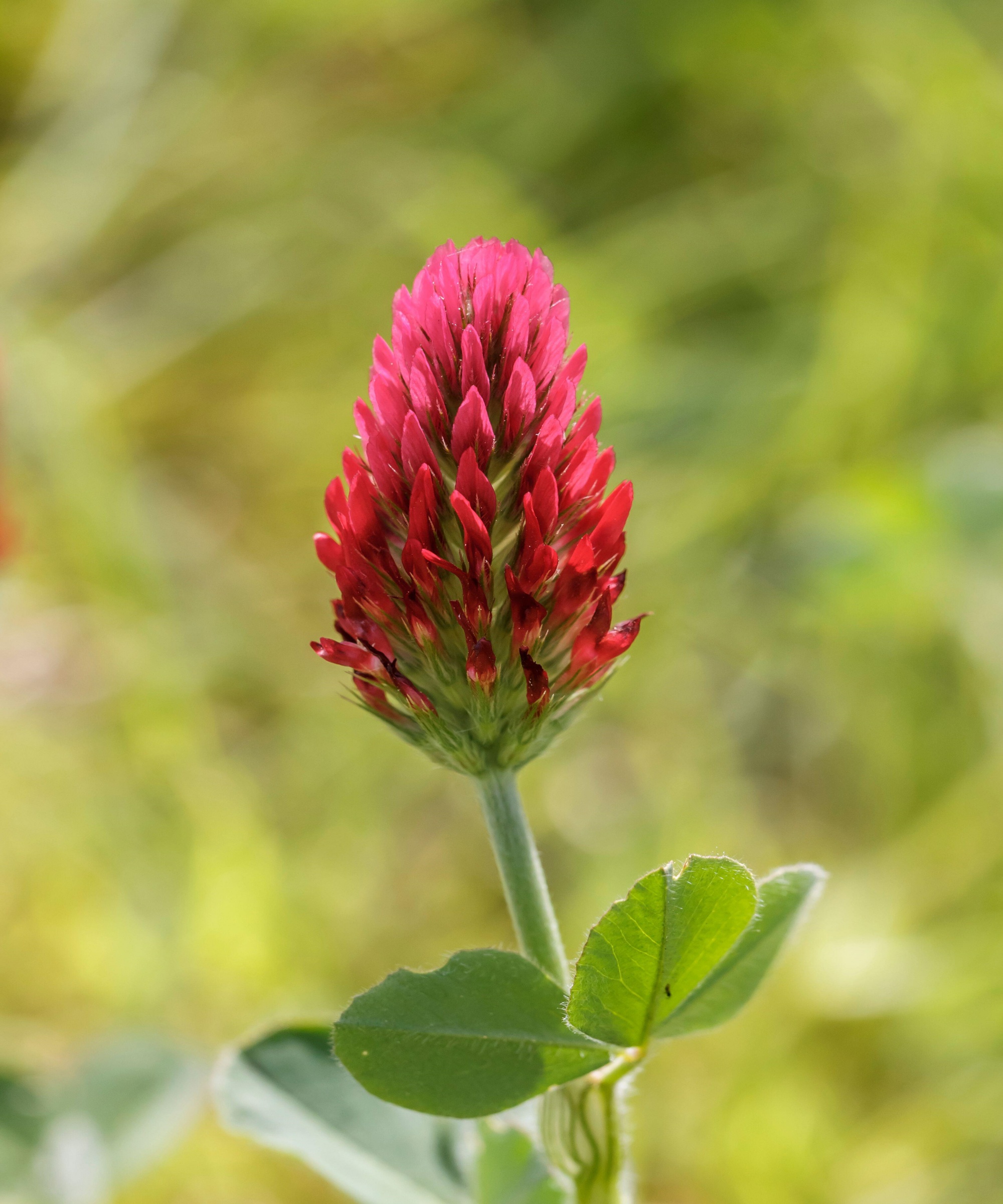
I have used crimson clover as a green manure several times, and I have always found it a very reliable choice. I sowed it in a large vegetable plot, but I also recommend it as an excellent choice for winterizing raised garden beds or smaller spaces due to the benefits it offers.
Crimson clover adds nitrogen to the soil, improves soil structure, and develops a dense ground cover that is proven at smothering weeds. As crimson clover is a fast-growing green manure, it will cover the ground quickly if sown in August.
The plant may not overwinter in colder US hardiness zones, but don’t fret, as the foliage can simply be left on the surface if it does succumb to cold. In spring, when it survives, it will develop small bright red flowers that are loved by pollinators and other insects.
Cut down the crop after flowering and dig it into the ground. Crimson clover decomposes very quickly, so plants that follow it speedily reap the rewards.
Get non-GMO heirloom crimson clover seeds at Amazon to sow as a green manure
3. Phacelia

Phacelia is a green manure I have used extensively on my home plots, filling small and large gaps throughout summer and into fall.
It is a very fast-growing cover crop with beautiful blue or purplish flowers that attract bees and other beneficial insects and can be sown anywhere between spring and early fall. It is cold-tolerant and can survive frosts, but may not overwinter in colder US hardiness zones with harsh winters.
The speed at which phacelia germinates and develops makes it great at smothering weeds, making it especially suitable for a quick crop if you clear an area and don’t want weeds to start taking over. Phacelia has extensive roots that will also improve the soil structure.
Once the plants start to flower, cut them back and dig in the plant material. If the phacelia is killed by frost before it sets seed, you can leave it to cover the soil before digging in come spring.
Get phacelia seeds at Burpee to sow as a cover crop
4. Mustard
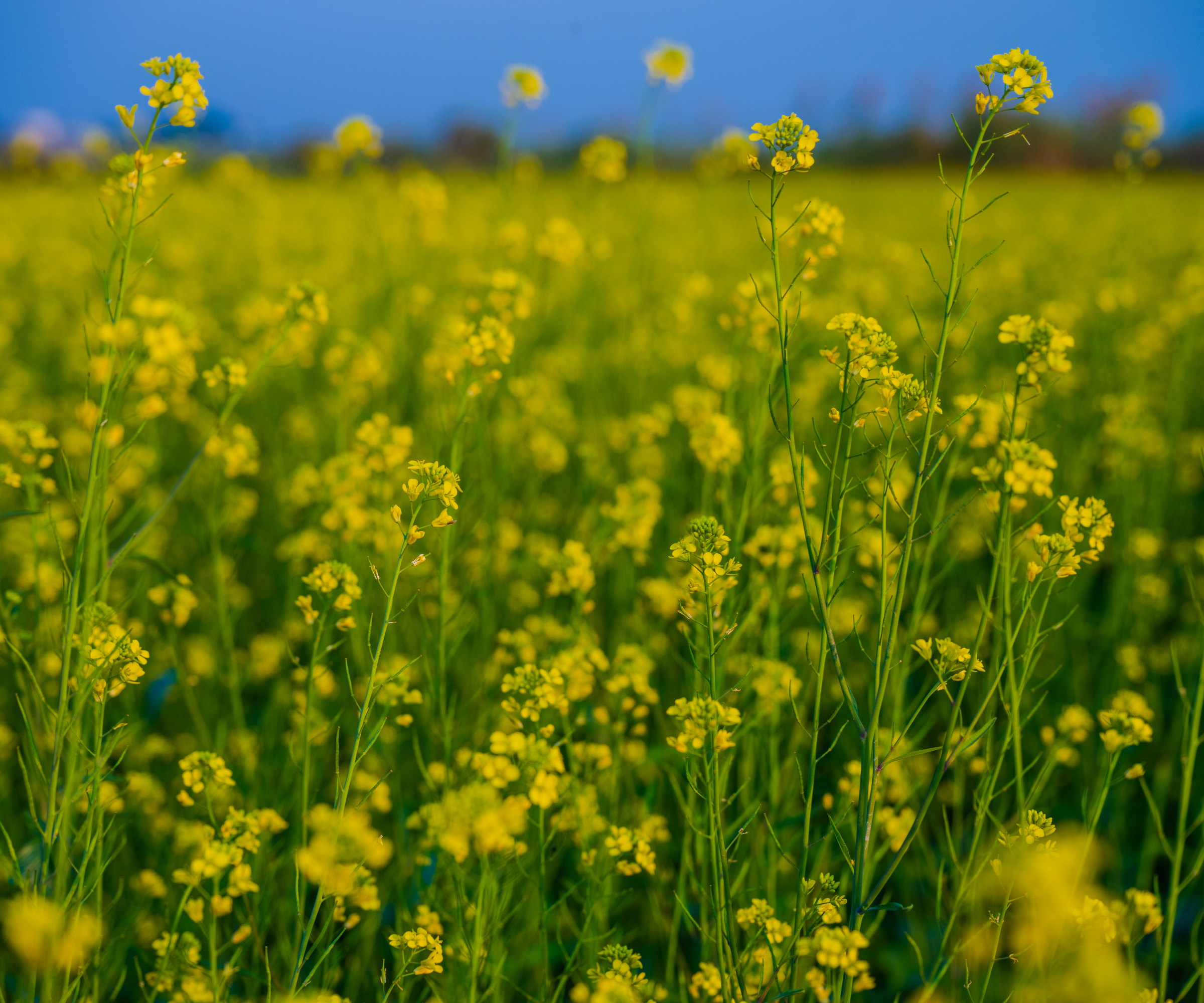
Mustard is another fast-growing green manure ideally suitable for short-term ground cover, as it will succumb to a few frosts come winter. Despite mustard not being suitable for overwintering in all zones, it still offers tangible benefits even given its potentially shorter lifespan.
Mustard quickly forms a dense cover to suppress weeds, adds lots of nitrogen to the soil, and its thick taproot helps break up the ground. It is a good option for a green manure if you want to combat compaction in heavier soil types and prevent soil erosion or water runoff.
Get Mighty Mustard Pacific Gold seeds at True Leaf Market for a quickly maturing cover crop
5. Winter rye
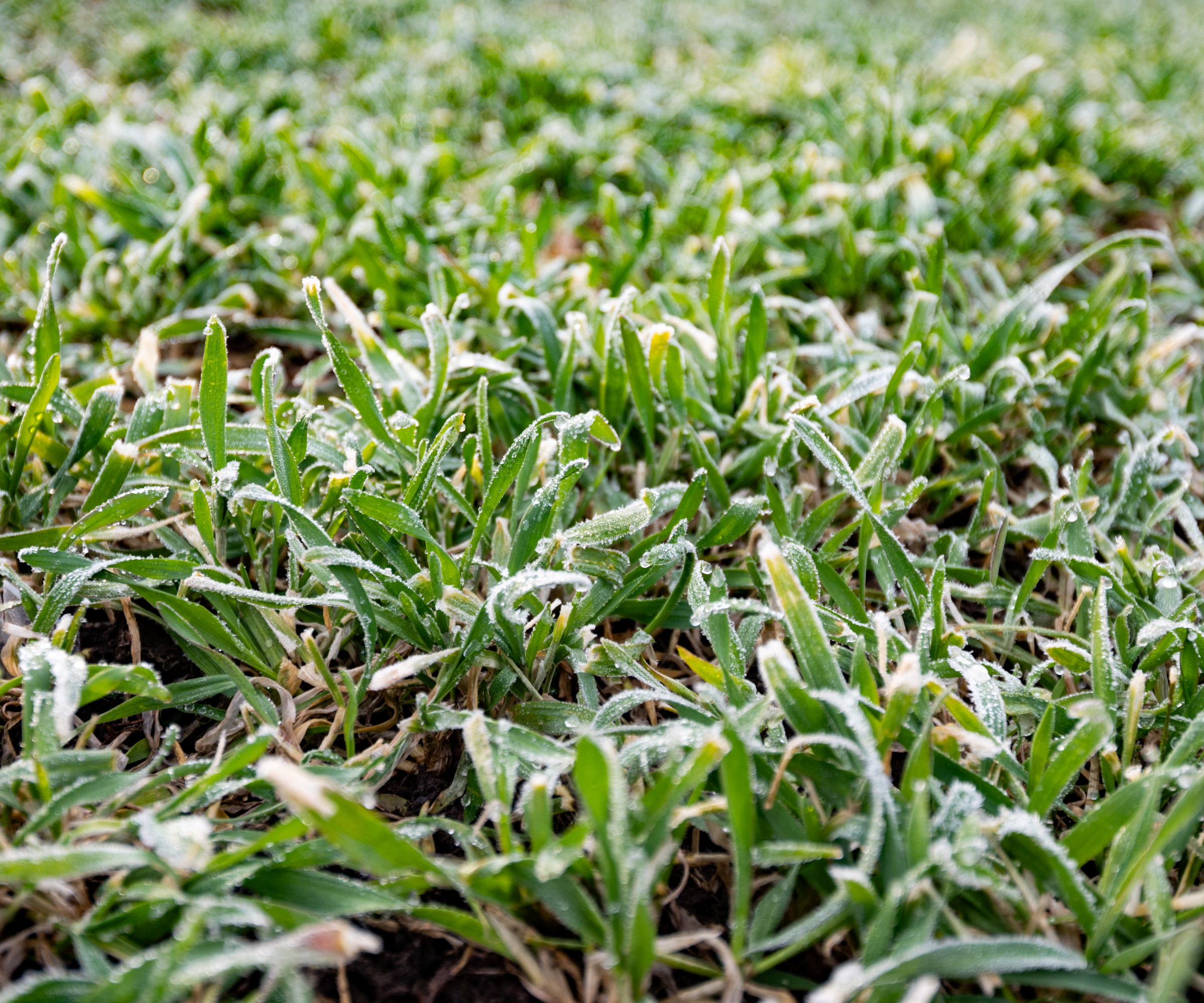
Winter rye is a very hardy winter crop. It makes an ideal green manure if your garden is situated on a slope, as the deep roots prevent erosion and loss of nutrients during the colder months. These roots also make it excellent at breaking up compacted soils.
Winter rye is very versatile and can grow happily in many different types of soil, even poorer soil types. Simply broadcast the seed over the area you wish to cover and rake it an inch deep into the soil.
The crop will grow quickly and capture and store nutrients throughout fall and winter, before it needs cutting down around a month before you intend to plant into the space.
Get winter rye cover crop seeds at Amazon with enough seeds to cover an 8' x 4' garden bed
6. Hairy vetch
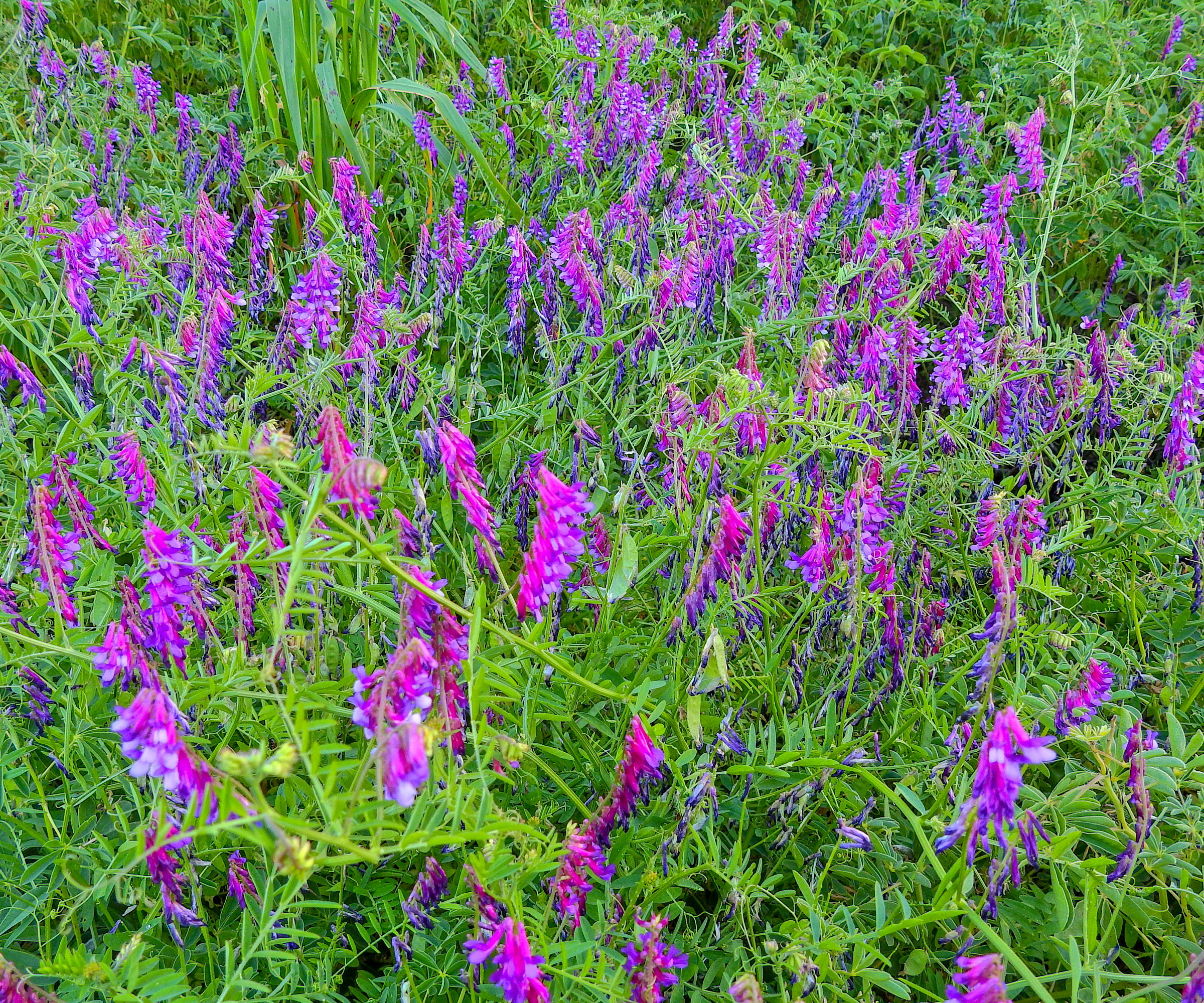
Hairy vetch is another great option for a winter-hardy green manure, primarily due to its ability to convert lots of nitrogen from the air and put it back into the soil in a form that is easily taken in by future plants.
Its speedy and creeping growth also helps to suppress weeds that may otherwise germinate in fall, and you’ll have a thick cover that prevents weeds from popping up in spring, too.
If you want soil come spring that is full of nutrients and free of weeds, then hairy vetch is well worth considering as a way to cover bare soil in winter rather than using landscaping fabric or plastic. Simply cut the plant back in spring and dig it into the soil.
Get a packet of Hairy Vetch cover crop seeds at Amazon
7. Daikon Radish
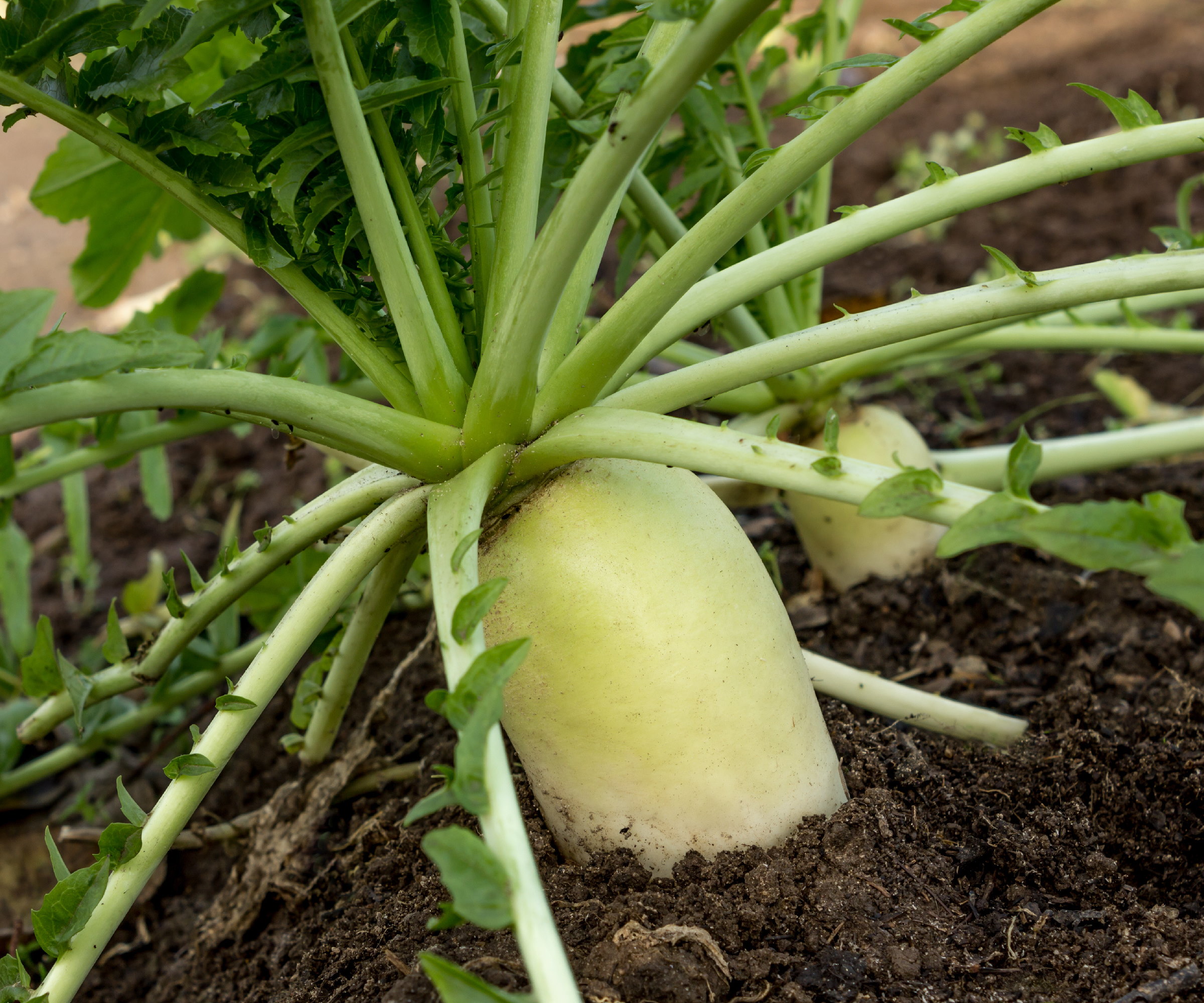
Daikon radish is a cool-weather legume crop that can be grown for its tasty roots or used as a green manure and left in the ground over winter. If you don’t harvest daikon radish, the roots quickly break down following winter frosts and release goodness into the soil.
Even before that, the daikon radish benefits the soil by breaking it up and improving structure, thanks to its deep tap roots, which reach 12 inches long and two inches wide, and it also smothers weeds thanks to the crop’s broad foliage.
You can plant daikon radish until the end of August. The roots will be available to harvest around 70-80 days later, or you can leave the crop to succumb to the elements.
Get organic Daikon Minowase cover crop seeds at True Leaf Market to sow this month
If you have space in your kitchen garden, there are still opportunities this month to plant vegetables for harvests in fall and winter. Our guide to vegetables to plant in August highlights some great crops you can sow this month to enjoy in the seasons to come.

Drew has worked as a writer since 2008 and was also a professional gardener for many years. As a trained horticulturist, he worked in prestigious historic gardens, including Hanbury Hall and the world-famous Hidcote Manor Garden. He also spent time as a specialist kitchen gardener at Soho Farmhouse and Netherby Hall, where he grew vegetables, fruit, herbs, and cut flowers for restaurants. Drew has written for numerous print and online publications and is an allotment holder and garden blogger. He is shortlisted for the Digital Gardening Writer of the Year at the 2025 Garden Media Guild Awards.


